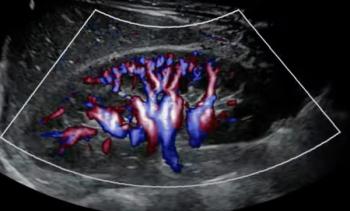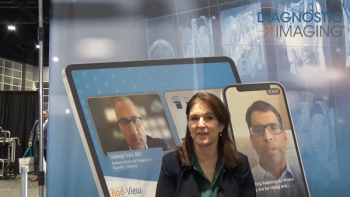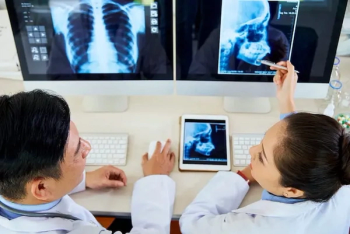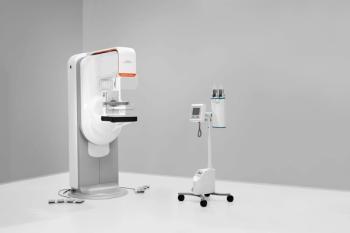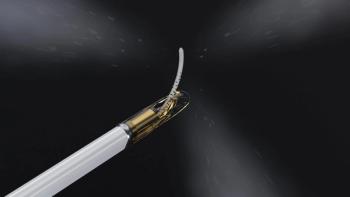
Network communication barriers hinder PACS implementation in cardiology
The goal of seamless enterprise-wide image access and distribution faces a major obstacle: Health Level 7 message incompatibility continues to constitute a technical barrier to broader PACS adoption in cardiology and orthopedics.
The goal of seamless enterprise-wide image access and distribution faces a major obstacle: Health Level 7 message incompatibility continues to constitute a technical barrier to broader PACS adoption in cardiology and orthopedics.
Conformance to standard HL7 message format is the ultimate bridge over this obstacle, but sources predict it will take years before vendors fully adopt a standard message format that achieves total cross-platform compatibility. As a result, many institutions use brokers to interface information systems and PACS.
"Current trends are moving to a brokerless environment, with PACS embedded with HL7 interfaces and informatics-PACS alliances developing elegant integrations. But this could take 10 years or more to achieve," said Chris Walker, CEO of the California-based Cardio-Vascular Sales.
What progress has been made has occurred at a slower pace than most clinicians would prefer.
Excluding digital cardiac cath labs, PACS has penetrated only about 10% of hospital cardiology departments, according to Walker. Radiology PACS, on the other hand, is present in over 50% of U.S. hospitals.
Jacques Cornet, a vice president at Cedara Software, cited several other challenges to broader cardiology PACS adoption:
- Cardiology often makes use of nonimage data (such as hemodynamics and electrophysiology), which can be difficult to integrate into traditional PACS solutions.
- Functional requirements such as quantifiable data extraction from image sets represent a departure from standard PACS functionality (while many vendors have developed technology to view and archive medical images, few currently have the capability to develop automatic measurements, automatic segmentation of the left ventricle, etc.).
- Nuclear cardiology often includes proprietary, non-standards-based technology, limiting systems integration.
- Many echocardiography systems still generate data on tape.
- Many hardware components for cardiology are still not digital.
- Clinical-specific software (e.g., cardiology functionality) has not been widely developed for PACS.
Many technology vendors who currently offer clinical PACS in this area provide solutions that limit institutional connectivity as either cardiology PACS or radiology PACS - not as a seamless, integrated enterprise-wide system.
"This approach only serves to develop further information/image silos within the healthcare enterprise," Cornet said.
Newsletter
Stay at the forefront of radiology with the Diagnostic Imaging newsletter, delivering the latest news, clinical insights, and imaging advancements for today’s radiologists.

